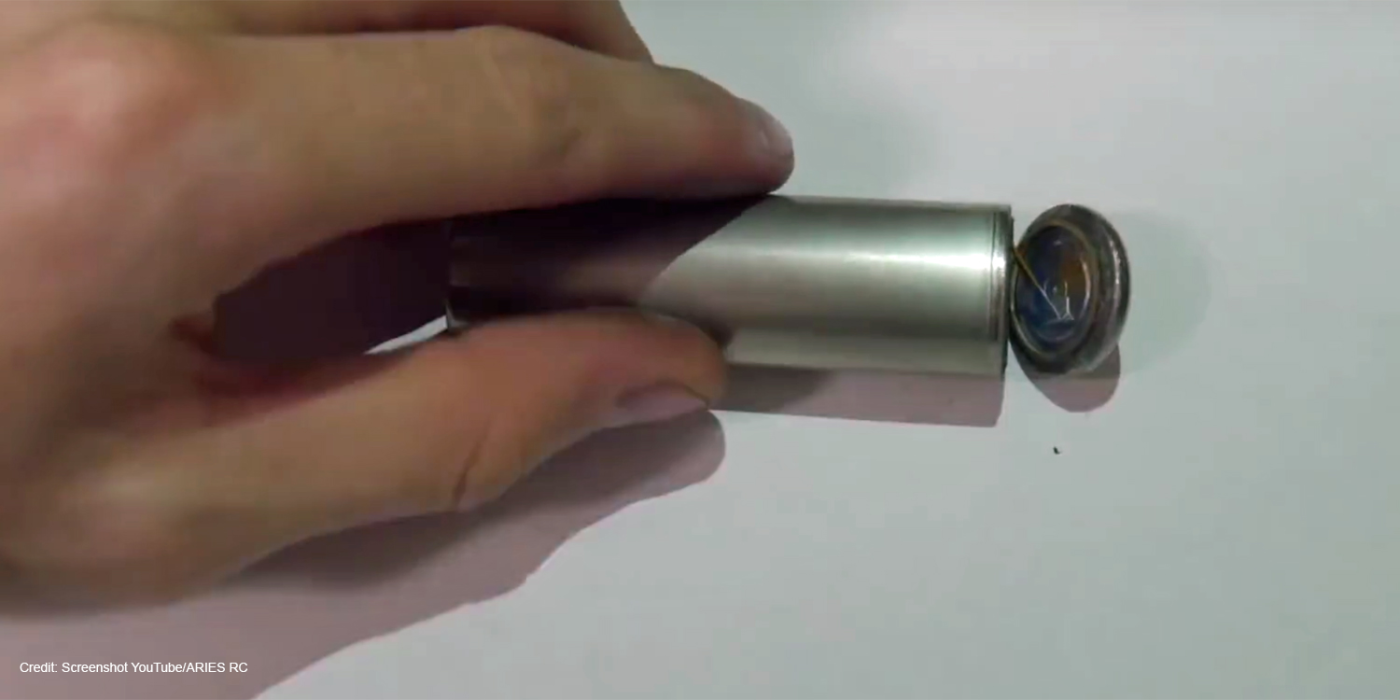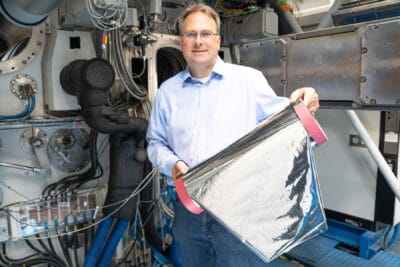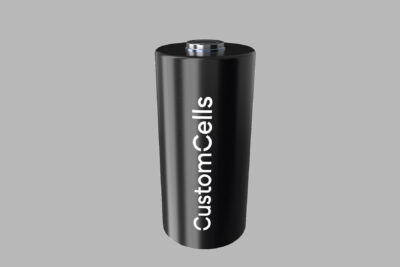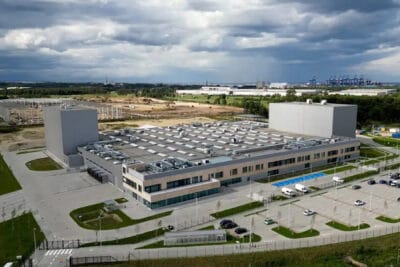Tesla patents new battery cell chemistry
Tesla has submitted a new patent for improved battery cell chemistry under the title “Dioxazolones and nitrile sulfites as electrolyte additives for lithium-ion batteries”. This is intended to increase the performance and service life of the batteries as well as reducing costs.
++ Kindly find all updates to this article below. ++
The new development is the work of Jeff Dahn and his Canadian laboratory who conduct battery research for Tesla. The patent specification submitted by the subsidiary Tesla Motors Canada states that the new battery systems work with “less active electrolyte additives” that can be used in various energy storage applications – “for example in vehicle and grid storage”.
In particular, the patent disclosure includes “additive electrolyte systems that improve the performance and life of lithium-ion batteries while reducing the cost of other systems based on more or different additives. However, the exact savings potential is not quantified, as development is not yet complete.
The new patent application is based on another development that Tesla filed for patent in September. At that time, it was said that the new cells could achieve 4,000 cycles at 40 degrees Celsius using NMC chemistry and an advanced electrolyte. Such cells could last for 1.6 million kilometres in an electric car or 20 years in stationary storage, according to Tesla.
The current patent document states that the LiIon NMC cells were manufactured with “a recently developed electrolyte additive MDO (probably the one from September, editor’s note) and two new additives PDO and BS”. “The improved systems include a non-aqueous electrolyte comprising one or more lithium salts, one or more non-aqueous solvents and an additive or additive mixture”.
Further development should focus on further optimising the composition of the additives, “for example by adjusting the ratio of primary and secondary additives or by introducing ternary mixtures”.
If Tesla were to use the patent-pending technologies to make its own battery cells ready for series production, the company would probably rely on NMC cells for its potential own battery cell production – so far, it has mainly used NCA cells. Rumour has it that NMC cells are only used in the MIC Model 3 (the model produced in China).
According to earlier reports, the NCA round cells manufactured by Panasonic for the American-made Model 3 are said to have a cobalt content of 2.8 per cent. It remains to be seen what proportion the new NMC cells will have – they will still contain a certain eponymous proportion.
Update 24 April 2020: After the Tesla patent for an improved battery cell with NMC chemistry, another patent for NCA chemistry is now following. A source familiar with the matter explained that the new electrodes will probably enable Tesla to achieve an energy density similar or even better than that of NMC cells. The patent application lists Dahn himself and Tesla battery engineers Hongyang Li and Jing Li, who were trained by him, as the inventors.
electrek.co, insideevs.com, patentscope.wipo.int, electrek.co (update)





0 Comments